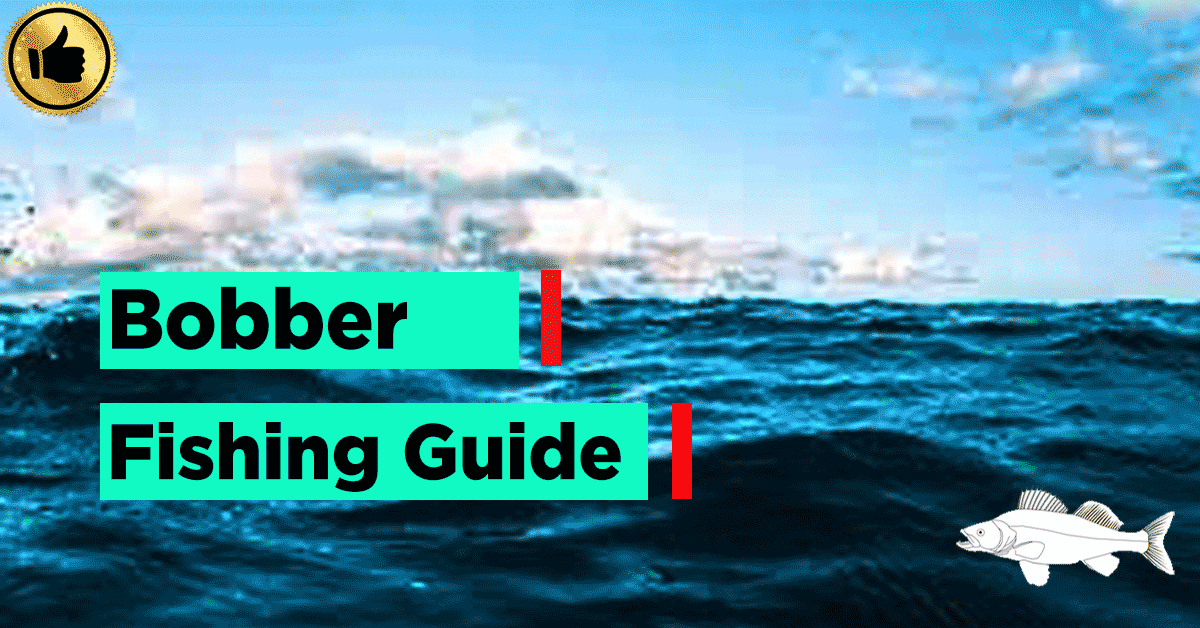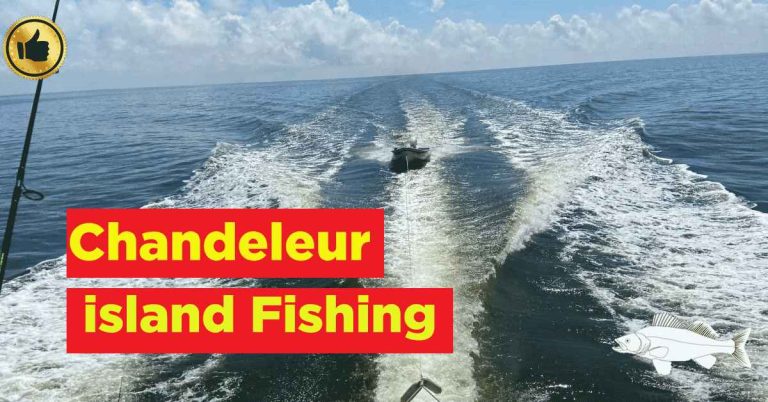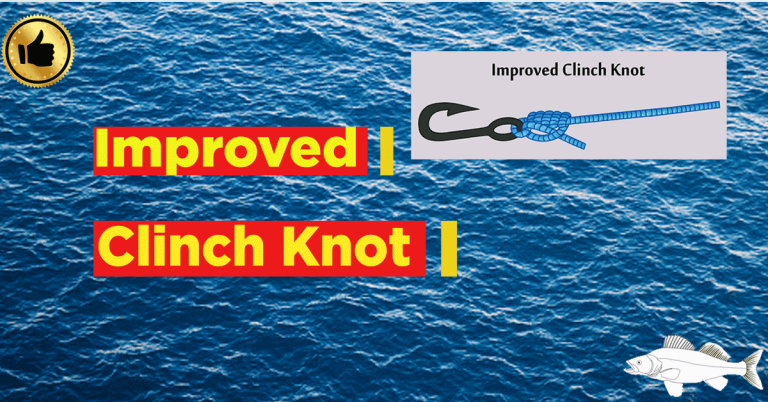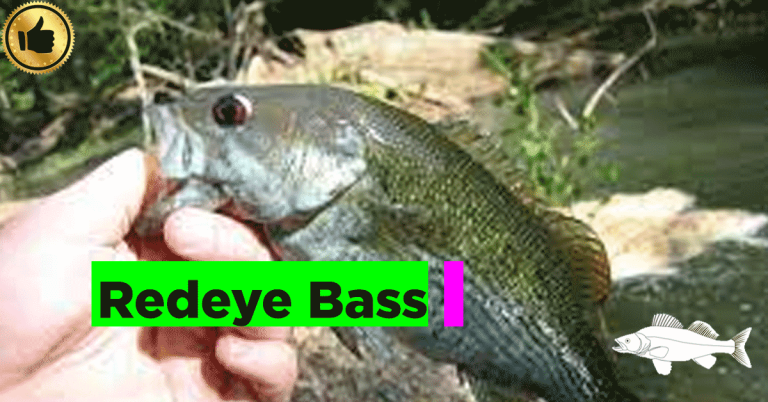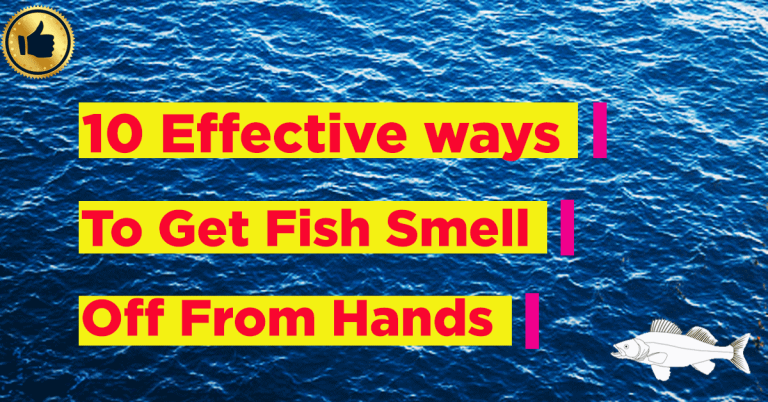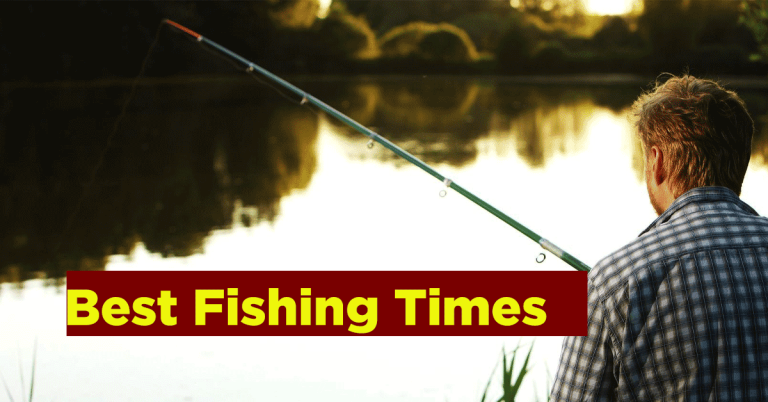Bobber Fishing: A complete guide You’ll ever need
Bobbers are tiny devices that serve various purposes during fishing. They keep your bait suspended at a depth when fish start eating. They notify you when a fish bites. They provide weight for small lure casting, prevent snags, and allow you to manipulate your bait to good fishing places. Do you want to know about bobber fishing or the best-popping cork? How do you choose the best cork popper product?
A bobber is a lightweight float used in fishing that is normally linked to a fishing line. A float can be used for a variety of purposes. It acts as an optical bite indicator, allowing the angler to examine the bottom state of a baited hook and determine whether to begin recovering the line.
By fishing with a cork instead, you may locate fewer kinds of trout in the area. Cork fishing, in my opinion, is an excellent start to inshore fisheries. It turns out that a popping cork is a crucial tool in an angler’s toolkit.

How to fish with a bobber:
Routing a small portion of a worm on the hook is usually more effective than threading a maggot. When too much worm is on the hook, the fish can take a portion far from the hook tip and take your bait. Finally, it would help if you tried a 1-inch piece of worm.
A tiny bobber is more sensitive and provides less barrier to the fish, allowing it to consume your bait readily. Finally, a fair distance (1 to 2 feet) between the bobber and the hook maintains your worm in front of numerous fish.
How to put a bobber on fishing line:
Add a different bit of worm on the hook under a tiny bobber. Knot a small split-shot sinker under the bobber on your line, which has enough weight to keep the bobber straight but not so heavy that it sinks the float. Fresh bait has natural aromas that entice fish, so change it when it becomes pallid.
Tips for Beginners of Bobber Fishing
Here are some tips for bobber fishing anglers to stay consistent.
- Always use a bobber when fishing.
- Use a bobber that is the right size for your target fish.
- Cast your line with a pronated grip.
- Keep your rod tip down in the water.
- When the fish takes the bait, gently lift the rod tip and set the hook into the fish’s mouth.
- You should keep the line tight to the water when fishing with a bobber.
- Use a large bobber to cover the bait you are using.
- Use a slow, rhythmic retrieve to imitate the movements of a fish.
- Be patient – the fish will eventually bite!
- When fishing with a bobber, always keep your line tight.
- Use a bobber size that is comfortable for you.
- Cast your line as far as possible before putting your bobber in the water.
- Please wait until your bobber floats before reeling it in gently.
- If you feel a strong tug on your line, it’s likely a big fish on the other side!
Which popping cork is the best?
Popping corks works best with a variety of baits, both artificial and natural. While popping corks can be used in deeper water, they are most successful in water depths of 2 to 6 feet. This is one of the reasons they are so effective for trout and redfish.
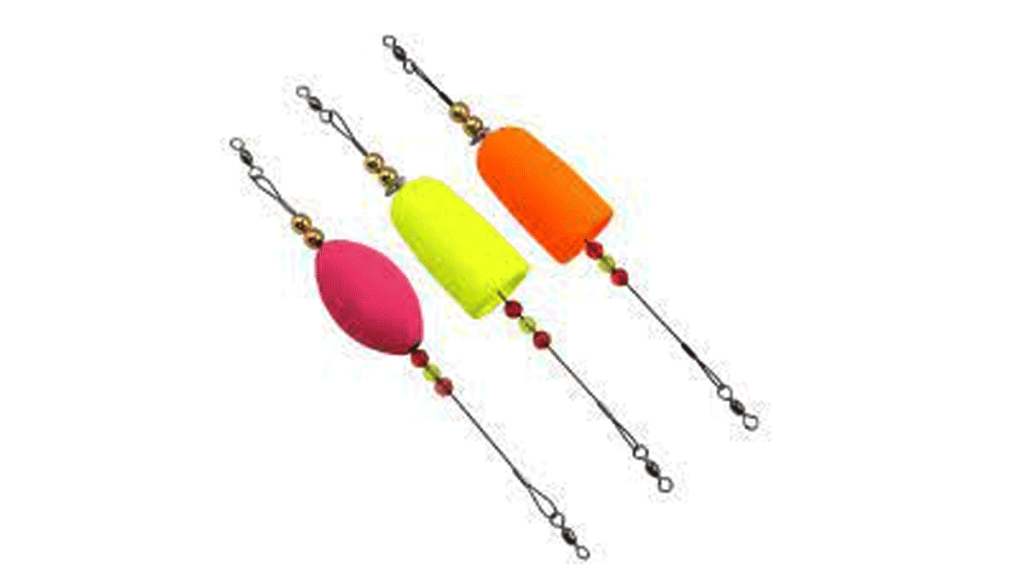
Does bobber colour matter?
The colour is used to identify the bobber while it is out of the water. It might be either red and yellow or red and white, but it’s mostly red and white.
Can you use bobbers for bass?
Sure, bobbers are a great way to make your fishing reel more appealing by suspending lures off the bottom.
Bobbers of all styles perform admirably on any water, including reservoirs, ponds, and even the ocean.
What kind of fish can you catch with bobbers?
Most common fishes that you can catch with bobber:
- Catfish
- Crappie
- Trout
- Walleye
- Pike, etc.
How to detect bites with a bobber?
Another thing to keep an eye out for is if your line suddenly stops moving when it should. While your line begins to move, when the bait must be lying on the bottom, you have a bite. Another thing to consider is if your line stays down when needed.
Types of bobbers:
Slip-bobbers and jerk-bobs are two popular forms of bobbers. Slip-bobbers are designed to slow down quickly when a fish approaches, making it more straightforward to catch smaller baits such as crappies or minnows. Jerk-bobs function similarly to ordinary bait casters but with the extra benefit of wiggling them side to side underwater to startle fish prey into striking.
Bobber shapes and sizes
The right-sized bobber should be floating enough to prevent an active fish from sinking, undermining the bobber’s function. It should also be tiny enough.
For more fishing gear, visit Fishinggain.
